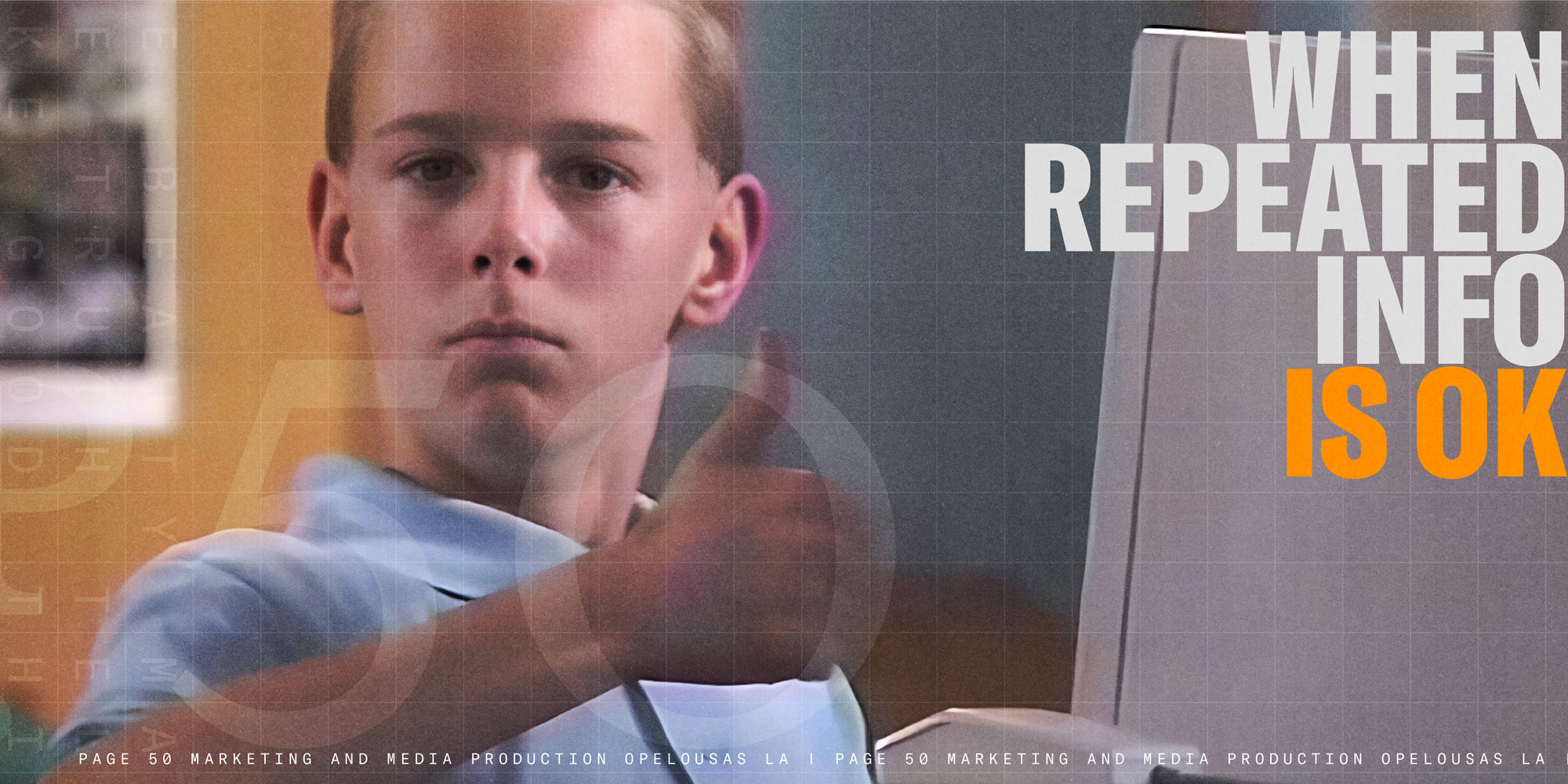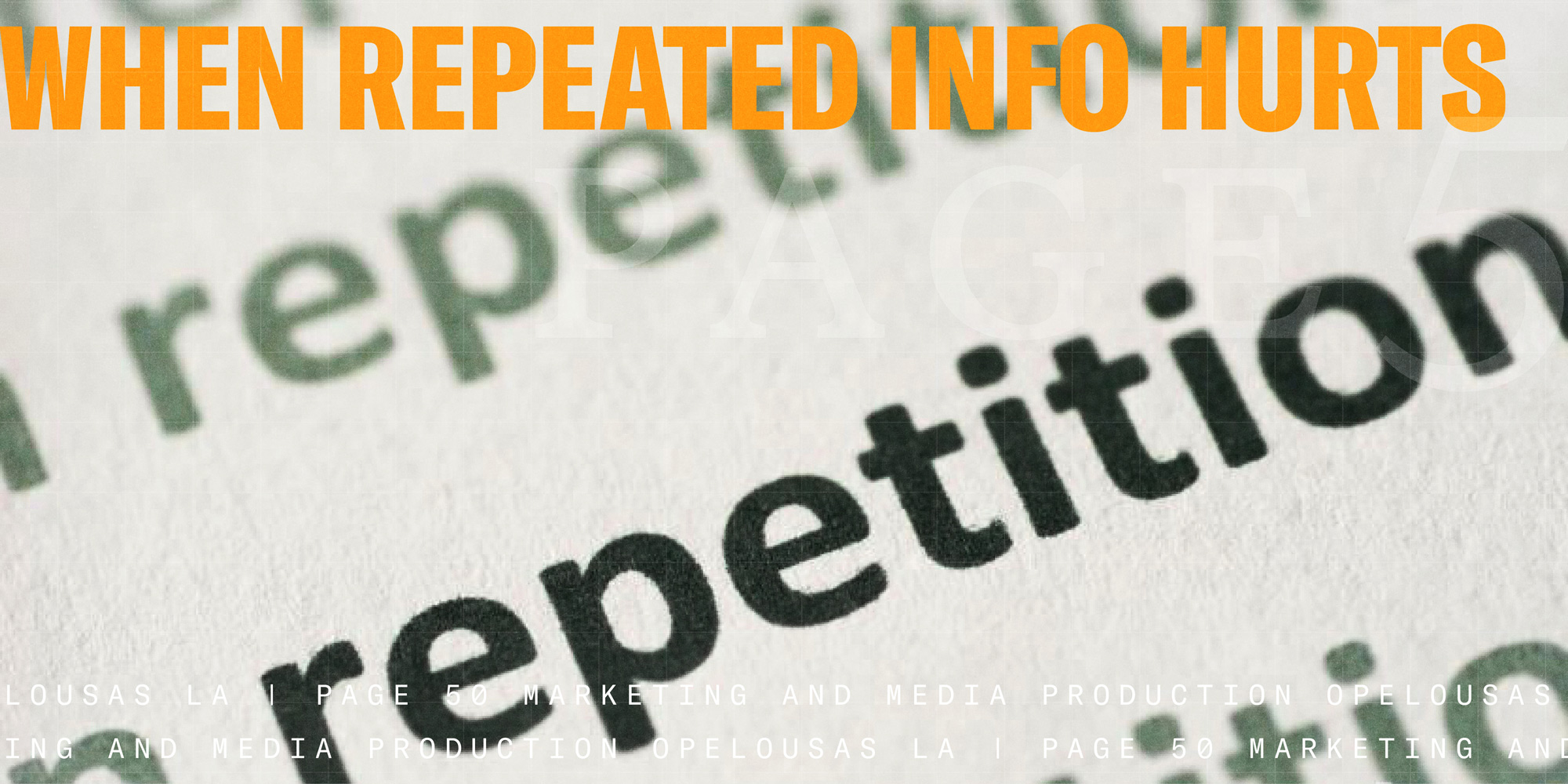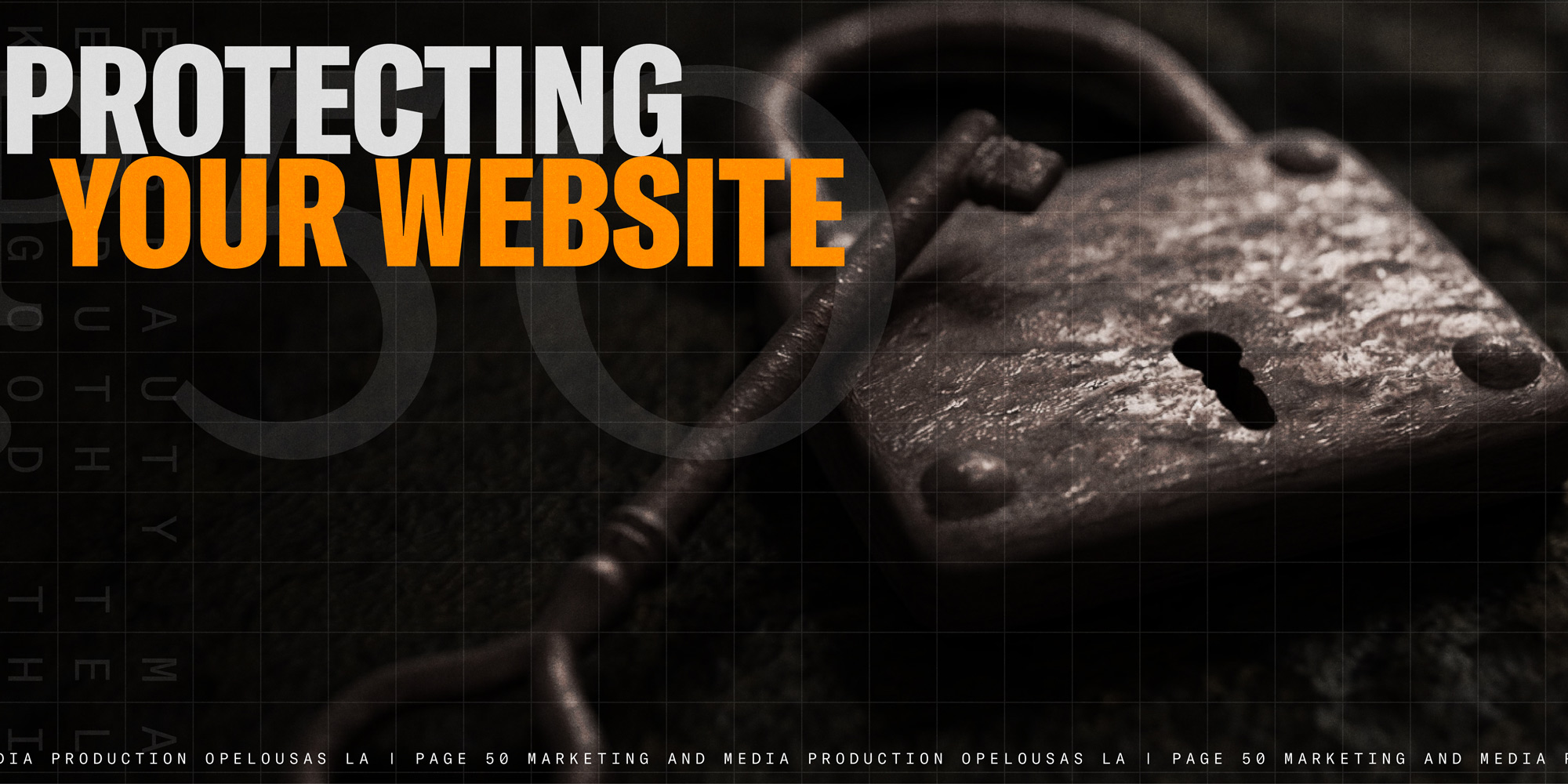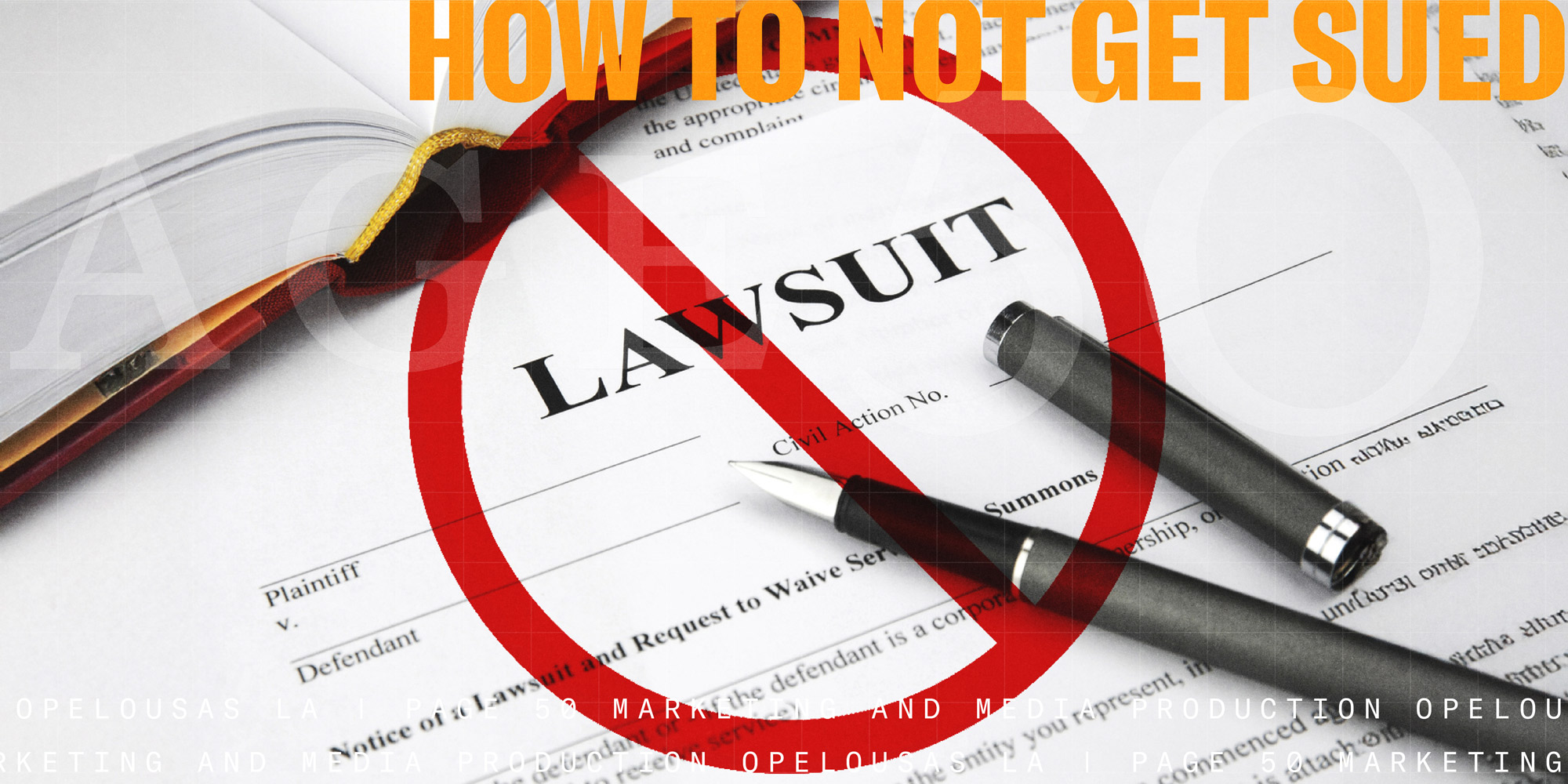
TL;DR
Repeating information on your website isn’t always bad for SEO, but it can be if it’s overdone or done poorly. Some repetition is necessary. To protect your site’s SEO, use meta titles, canonical tags, and schema markup, avoid keyword stuffing, and write valuable, unique content for each page.
A website that looks unoriginal or has too much overlap with someone else’s is also bad.
When Repeated Info Is OK (or Even Good)
 Key Info Across Pages- Repeating core messaging (e.g., your value proposition or location) across several pages can reinforce relevance. For example, “We are truth tellers” appears on multiple pages on our website because it’s part of the Page50 brand identity.
Key Info Across Pages- Repeating core messaging (e.g., your value proposition or location) across several pages can reinforce relevance. For example, “We are truth tellers” appears on multiple pages on our website because it’s part of the Page50 brand identity.
Navigation, Footers, CTAs- It’s normal for navigation menus, footers, and call-to-action buttons to repeat across your site. Google understands that these are part of the site’s structure and won’t be thrown off by this type of repetition.
Product or Service Consistency- If you offer a variety of similar services, some overlap is expected. Just make sure each page still has unique value or detail. Minimize repeated content by focusing on the differences between similar items and link to another page for broader content.
When Repeated Info Hurts SEO
 Duplicate Content Across Pages- Copying and pasting full paragraphs or pages (e.g., identical service descriptions in different cities) can confuse search engines, resulting in ranking penalties or poor indexing.
Duplicate Content Across Pages- Copying and pasting full paragraphs or pages (e.g., identical service descriptions in different cities) can confuse search engines, resulting in ranking penalties or poor indexing.
Thin or Unoriginal Pages- If your web pages have only slightly reworded versions of the same content, Google may not rank them at all.
Keyword Stuffing- Repeating the same keyword unnaturally across many pages or within one page can hurt SEO and user experience. No one wants to read “key word salad” and Google knows when content is unreadable. Search engines won’t send users to sites they think people will hate using.
How to Fix or Prevent SEO Issues Due to Repeated Info
 Write unique meta titles & descriptions- Help search engines see the difference between pages by using H1 tags and properly labeling each page (and, obviously, actually make your pages different)
Write unique meta titles & descriptions- Help search engines see the difference between pages by using H1 tags and properly labeling each page (and, obviously, actually make your pages different)
Add location-specific or service-specific details- If you want your website to rank well in multiple cities or for multiple products/services you offer, create a distinct page for each and use original content to highlight what makes that page unique.
Use canonical tags- If duplicate content is unavoidable, these bits of html code tell search engines which page is the main one that should be ranked and indexed, and that the others are just variations. Canonical tags can be especially useful for e-commerce sites and blogs.
Avoid boilerplate text- Make sure the main body of the content of each page has a clear, unique focus. Don’t be like one of those kids’ toys that says the same 3 things over and over again on every page. Tell your audience what they actually need to know, without having to dig through buzzwords and jargon.
If Someone Copies You
 If someone copies your website content, there are potential SEO, legal, and brand-related consequences- mostly for them, but it could still hurt you if it’s not handled properly.
If someone copies your website content, there are potential SEO, legal, and brand-related consequences- mostly for them, but it could still hurt you if it’s not handled properly.
Search Engine Confusion- Google tries to rank the original source of any duplicate content that it finds. But if someone copies your content before Google indexes your page, or if the other site has higher authority, they might outrank you, even though you’re actually the original.
Lose Traffic Due To Lower Rankings- If search engines can’t tell who published first and your rankings drop, it will be even harder for your target audience to find you. Sites with thin, unoriginal content and are not well optimized, are especially susceptible to this.
Your Brand Reputation Could Be Affected- Copied content often appears on spam or low-quality sites. This association can make your brand look careless and harm trust if your audience thinks you’re the one copying.
Protecting Your Website
 Site content is automatically protected by copyright law when you create it. That includes text, visual design, branding, original graphics and artwork, and sometimes even UX features. If someone steals your material, you can file a DMCA takedown notice to try to get the dupe removed from Google’s search results, contact their web host or domain registrar, and if it’s serious, take legal action.
Site content is automatically protected by copyright law when you create it. That includes text, visual design, branding, original graphics and artwork, and sometimes even UX features. If someone steals your material, you can file a DMCA takedown notice to try to get the dupe removed from Google’s search results, contact their web host or domain registrar, and if it’s serious, take legal action.
Use tools like Copyscape or Grammarly’s Plagiarism Checker to watch for theft and to check your own content. You can also strengthen your SEO defenses by getting your site indexed quickly with a site map, internal links, canonical tags, and schema markup.
You can even deter potential IP thieves by including a footer on each webpage along the lines of “© 2025 [Your Business Name]. All rights reserved. Content may not be copied or reproduced without permission.” They might ignore that, but they can’t say they didn’t know.
How to Not Get Sued for Copying
 Ok, that’s a little tongue and cheek. But if you’re worried whether your site accidentally looks too much like some other website that you don’t know about, you can relax a bit. Assuming you’re not trying to copy someone else’s work and claim it as your own, and that you want your website to stand out and reflect your unique selling points, you’re probably fine.
Ok, that’s a little tongue and cheek. But if you’re worried whether your site accidentally looks too much like some other website that you don’t know about, you can relax a bit. Assuming you’re not trying to copy someone else’s work and claim it as your own, and that you want your website to stand out and reflect your unique selling points, you’re probably fine.
To be safe, it would be best to just not copy someone else’s content at all. Take inspiration, give credit where due, but definitely don’t just copy and paste. Instead, consider using platforms like Wordpress or Webflow, which have templates and themes you can safely use and customize. Or you could hire a web designer to create a custom site for you. You can read more about that here.
How Much Copying is Allowed
If you want to quote or use a bit of someone else’s material, you can ask for written permission, use short excerpts with clear citation, or rewrite it in your own words and give credit to the original author/creator. (think: citing sources for a highschool research paper)
Fair use doctrine is a principle that allows for some copying of another’s material without express permission, but the scope is very limited and a lot of people apply it too liberally. To fall under Fair Use, you have to do something with it (commentary, reporting, satire) preferably for education, not profit, as you cannot take away from the creator’s market share.
Some websites use Javascript or similar software to track when users highlight or copy text from their site. There’s no way for them to track what you do with whatever you copied once you’ve left their website, but they may show a warning when you try to copy, automatically add a link or citation when you paste, or block copying altogether. To be clear, even if none of those things happen, you still shouldn’t steal someone else’s work.
Conclusion
Now go make your website stand out! Be strategic with your web design for the sake of SEO and UX and let your unique voice set you apart from your competition. If you need a little help with that, call us.